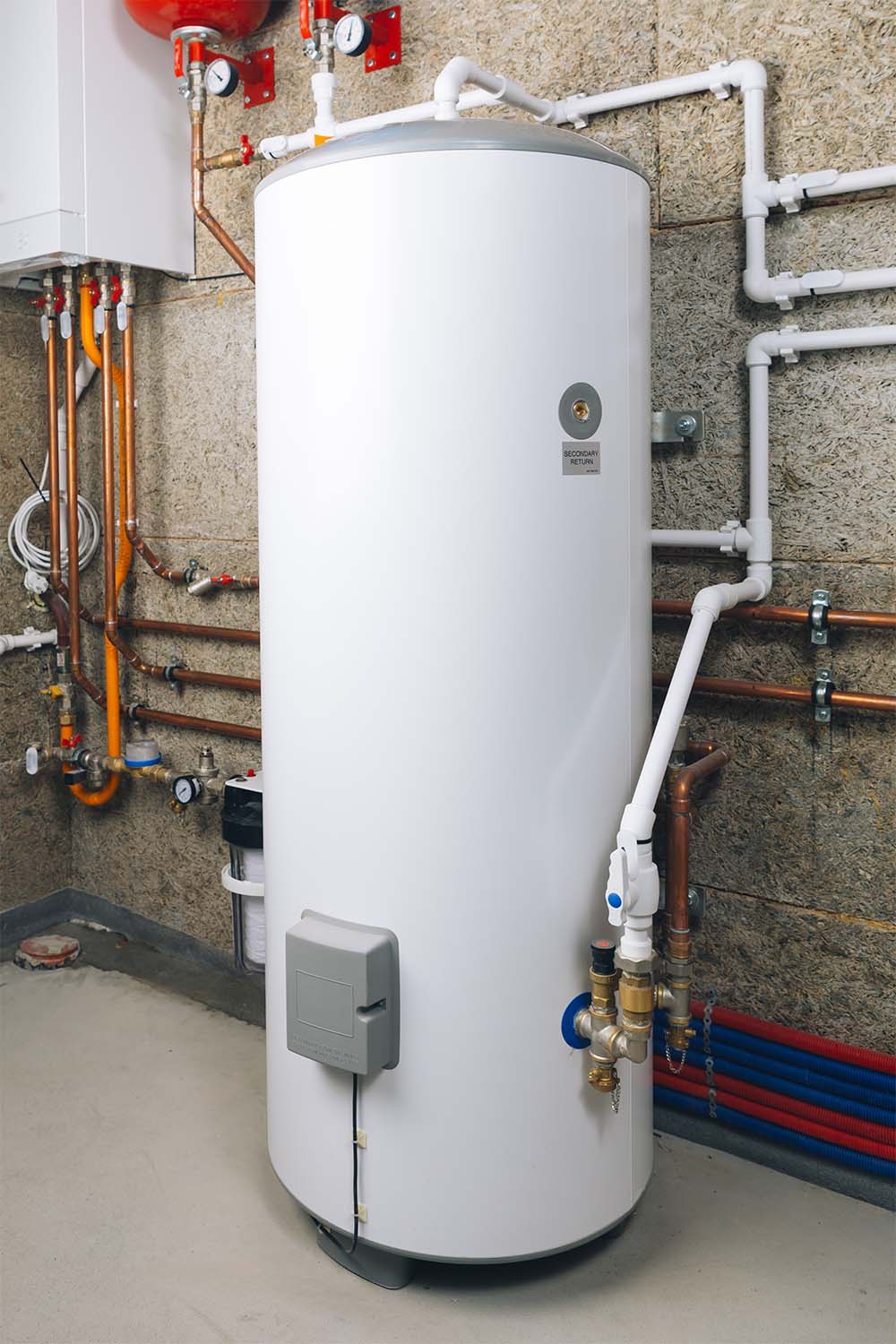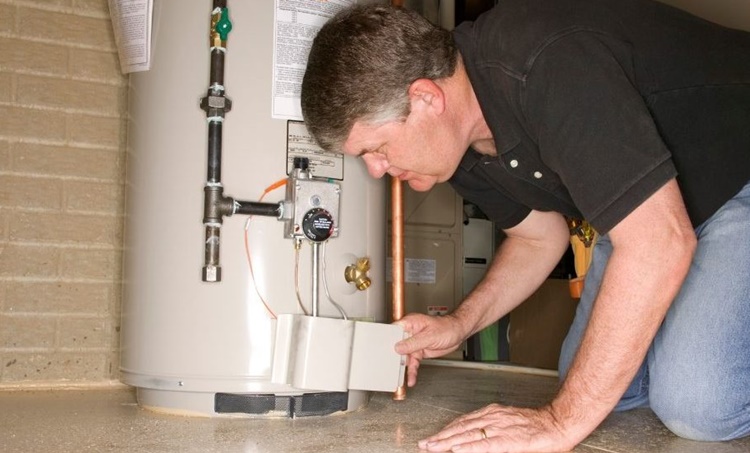We have encountered this post about Tips For Maintaining Your Hot Water Heater directly below on the net and concluded it made sense to talk about it with you on this page.

Hot water is crucial for day-to-day comfort, whether it's for a refreshing shower or cleaning meals. To ensure your warm water system runs effectively and lasts longer, normal upkeep is essential. This write-up supplies useful pointers and understandings on how to maintain your home's warm water system to avoid disturbances and expensive repair work.
Intro
Preserving your home's hot water system could seem daunting, yet with a few simple actions, you can ensure it runs smoothly for several years to come. This overview covers everything from understanding your warm water system to DIY upkeep ideas and knowing when to employ professional aid.
Significance of Keeping Your Hot Water System
Normal maintenance not just extends the lifespan of your warm water system but likewise ensures it runs efficiently. Ignoring upkeep can result in lowered effectiveness, greater energy costs, and even premature failing of the system.
Indications Your Warm Water System Needs Upkeep
Knowing when your hot water system requires attention can stop significant problems. Keep an eye out for signs such as irregular water temperature level, unusual sounds from the heater, or rustic water.
Purging the Water Heater
Flushing your hot water heater removes sediment build-up, improving effectiveness and lengthening its life.
Monitoring and Changing Anode Rods
Anode rods stop deterioration inside the tank. Examining and changing them when worn out is vital.
Facility Issues Needing Specialist Aid
Examples include significant leakages, electrical problems, or if your hot water heater is continually underperforming.
Regular Specialist Maintenance Perks
Specialist maintenance can consist of thorough inspections, tune-ups, and making sure conformity with safety requirements.
Inspecting and Adjusting Temperature Setups
Readjusting the temperature settings makes certain optimal performance and security.
Do It Yourself Tips for Maintenance
You can carry out numerous upkeep tasks yourself to maintain your warm water system in top condition.
Checking for Leaks
Routinely examine pipes and connections for leaks, as these can lead to water damage and higher bills.
Understanding Your Hot Water System
Before diving into maintenance tasks, it's useful to understand the basic components of your hot water system. Generally, this includes the water heater itself, pipes, anode rods, and temperature level controls.
Month-to-month Upkeep Tasks
Normal month-to-month checks can assist catch minor problems before they intensify.
Checking Stress Alleviation Valves
Examining the stress safety valve ensures it functions correctly and avoids excessive pressure buildup.
Protecting Pipes
Protecting warm water pipes lowers warmth loss and can conserve energy.
When to Call a Professional
While DIY upkeep is valuable, some concerns need professional proficiency.
Conclusion
Regular maintenance of your home's warm water system is essential for performance, long life, and expense savings. By complying with these suggestions and knowing when to look for expert help, you can ensure a trusted supply of warm water without unexpected disturbances.
Water Heater Maintenance: The Basics
Maintaining your water heater will ensure it operates efficiently and has a longer lifespan. Neglecting regular maintenance can lead to costly repairs and an even bigger chunk of your savings if you have to replace it sooner than necessary. But there’s good news: Most water heater maintenance tasks are relatively simple and easy for homeowners with basic DIY skills.
Flush the Water Heater
Over time, sediment and minerals can build up in the tank, reducing its efficiency and potentially causing damage. To flush the tank, turn off the power or gas supply, attach a hose to the drain valve near the bottom and open the valve to drain the water until it runs clear. Ideally, flush the tank annually.
Replace the Anode Rod
The anode rod is a sacrificial metal rod that helps prevent corrosion inside the tank. Inspect and replace it every three to five years or per the manufacturer's recommendation. To replace the anode rod, turn off the power or gas supply, drain a few gallons of water from the tank, unscrew the old rod and replace it with a new one. If the anode rod is significantly corroded or covered in calcium buildup, it's a sign the water heater may need to be replaced soon.
Tune-Up
A yearly tune-up can help identify potential issues and ensure your water heater operates at peak efficiency. This typically involves checking the thermostat, burner assembly (for gas heaters) and any other components specified by the manufacturer. During a tune-up, the technician may also clean the burner and adjust the pilot light (for gas heaters) or examine the heating elements (for electric heaters).
How to Maintain Your Water Heater
- Insulate the tank. Insulating the tank can improve energy efficiency and reduce heat loss, saving you money on energy bills. You can purchase precut insulation blankets designed specifically for water heaters or use standard fiberglass insulation wrapped securely around the tank.
- Check the temperature. The recommended water temperature for most households is around 120 degrees Fahrenheit (49 degrees Celsius). Higher temperatures can increase energy costs and potentially cause scalding. Use a kitchen thermometer to check the temperature at the faucet nearest the water heater.
- Monitor water pressure. Excessive water pressure can strain the water heater and cause leaks or even tank failure. Install a pressure-reducing valve if necessary. The ideal water pressure range is between 60 and 70 PSI (pounds per square inch).
- Test the temperature and pressure (T&P) relief valve. The T&P relief valve is a safety feature that releases pressure if the tank gets too hot or the pressure builds up too high. Test it annually by lifting the lever and allowing a small amount of water to release. Replace the valve if it doesn't release water or reseal properly.
- Check for leaks. Regularly inspect the tank, pipes and fittings for leaks or corrosion. Deal with issues promptly to prevent further damage. Even a small leak can lead to significant water damage over time.
- Consider a tankless water heater. If your traditional tank-style water heater is nearing the end of its lifespan ( typically 10 years), consider replacing it with a tankless water heater. These units heat water on demand, reducing standby energy losses and potentially saving you money on your energy bills.
- Schedule professional maintenance. While homeowners can perform many water heater maintenance tasks, it's still a good idea to schedule professional maintenance every few years. A plumber or HVAC technician can thoroughly inspect the unit, identify potential issues and ensure it operates safely and efficiently.
https://www.homeserve.com/en-us/blog/home-improvement/hot-water-heater-maintanence/

As a passionate person who reads about What Kind of Maintenance Do Water Heaters Need?, I think sharing that piece of content was worth the trouble. In case you appreciated our blog entry please don't forget to share it. I praise you for your time. Come back soon.
Estimate
Comments on “Specialist Guidance for Caring for Your Home's Hot Water SystemStep-by-Step Steps to Caring for Your Home's Hot Water System”